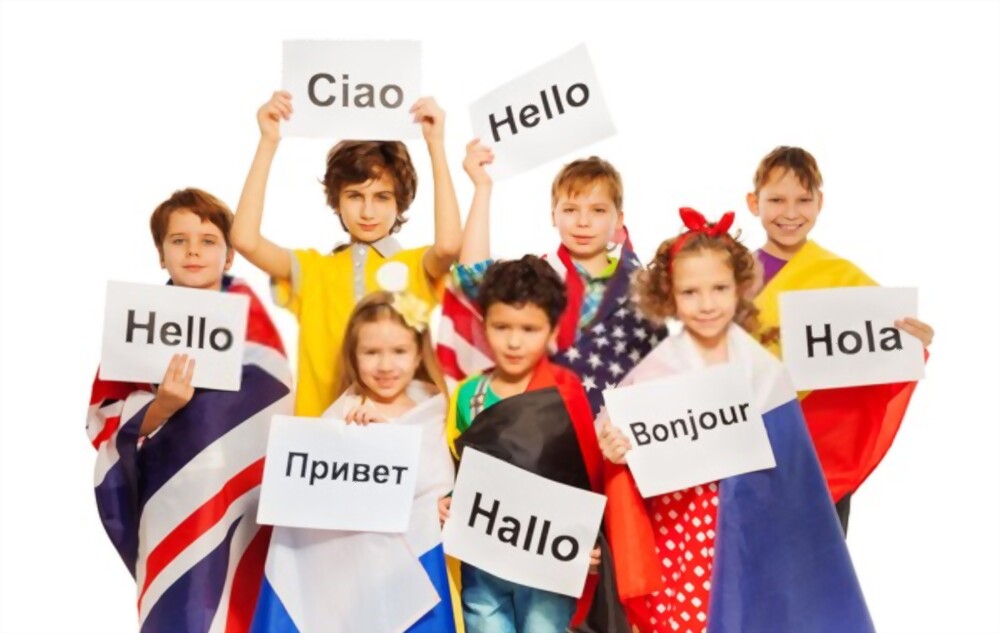If you’ve ever been stuck on what to do to keep your sixth graders engaged and learning, or if you’re just looking for some fresh ideas to try with your class, you’ll want to read on. These 15 classroom ideas will keep your students glued to the lesson until the end!
We all know that by the time kids reach sixth grade, they’ve often lost their early enthusiasm for education. And at this point, it can be tough coming up with new ways of teaching them without having them lose interest quickly! Thankfully, these creative 6th-grade classroom ideas will make any teacher’s life much easier! You’re likely to discover something here that piques your interest as a teacher.
Throughout the school year, you may inspire your pupils to develop their creativity using these 15 simple classroom ideas and ready-to-go design templates. Soon, you’ll notice flashes of inspiration blazing across the classroom!

Contents
Why Is Classroom Creativity Critical?
When a teacher incorporates creativity development into the school day, pupils have a greater chance of long-term success in various areas. They can gain confidence and skills in self-expression, as well as in developing and executing innovative ideas. According to Gallup research, children in schools that placed a greater emphasis on creativity and transformational technology also performed better in the following areas:
– Resolving issues.
– Critical thinking.
– Retaining data.
– Demonstrating a higher level of comprehension.
– Connecting disparate themes.
– Examining through standardized examinations.
Creative problem solving is also extremely entertaining, stimulating, and energizing. Fun learning activities that empower children to exercise their creative muscles can help them maintain a higher sustained focus and overall enjoyment.
Even if there are no visually appealing “products” of in-class creativity, it is an extremely valuable ability for students to develop. When a learning environment is structured to develop children into stronger learners, problem solvers, critical thinkers, and innovators, it prepares them for greater success outside the classroom.
Creative 6th Grade Classroom Ideas
As an educator, it is up to you to infuse your classroom environment with creativity. Your technique will differ depending on leading an elementary classroom or instructing a high school class. However, the following list of suggestions can assist you in getting started:
1. Try Out The Basketball Review Game.
Because of basketball’s expanding popularity, the simple game of putting a ball into a hoop may be transformed into a fun, instructive review game for people of all ages and ability levels. Girls and boys both enjoy it, especially when teams are engaged and the score is tight.
– Make or buy a cheap ball out of rolled-up newspaper.
– Get a basket or, if large enough, a garbage can.
– Split the class into at least two groups (or more, depending on the class size).
– Ask a student from each team to answer review questions from the book (or make up your own). Whatever the case, the pupils must talk and respond correctly.
– Once the pupil has correctly answered the question, they are free to shoot. They can score two points (by standing near the basket) or three points (slightly farther away). They gain points if they make it. If not, proceed to the next team/student.
Because everyone gets a turn and talks, this is a really basic yet effective game. Make sure to set some ground rules for yourself as well. For example, if a student attempts to speak while another student is answering a question, they lose points or cannot shoot. This game can be utilized for review because it encourages students to speak up and apply their knowledge.

2. Find Classroom Library Books
Whether you’re a teacher for elementary kids or high school students, it’s important to foster a love for reading in your classroom. As students get older, their reading abilities often begin to deteriorate. This can be partly due to the fact that they simply don’t find books that appeal to their interests at this age range.
Older pupils may find dull textbooks much more difficult to read than novels with intriguing characters and exciting plots! To help them understand the importance of books in their lives, it is up to you as a teacher to present them with new types of texts and authors.
Each grade level should have a list of age-appropriate books for its students. Locate books from the library that you may store in your classroom for students to check out when they complete tasks early. Suggestion: Invite them to bring a copy of their favorite book to class to share their interests and opinions. Create a class library that inspires each student to be a reader.
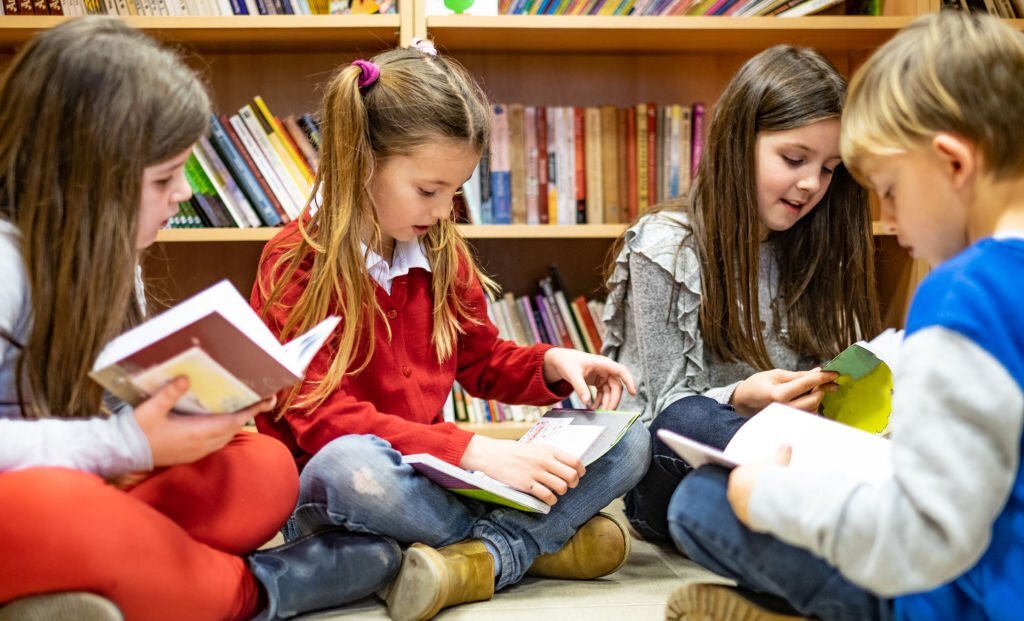
3. Reading Popcorn
This method works best with lengthy paragraphs, but it will work with any reading material! A lengthy passage primarily aims to extend the duration of the activity and engage all students.
While the class is reading, one student reads a line or two and then exclaims, “Popcorn, (student’s name)!” The pupil reads. If I were a student, for example, I would read a line or two and then shout, “Popcorn, Alice!” Alice would then begin reading. Then he finishes his chunk of text and picks the next student.
Students may choose how long they read, or you may impose time or text-reading constraints. You may find that some males popcorn only other guys and some girls popcorn only other girls; if this is the case, you might establish a rule to alternate between genders.

4. Exhibit Motivational Quotes
Looking for great life quotes to display in the classroom?
Searching for examples of inspirational quotes can be a challenging task if you’re looking for quality quotes that fit your criteria. You’ll quickly find a wide array of quotes that are perfect for painting your classroom walls or adding to a bulletin board.
Including inspiring quotation posters in your learning environment can spark amazing discussions and encourage critical thinking. Encourage your class to explore and discuss the meaning and application of each message. Certain quotations explicitly encourage pupils to express their originality as well.
Famous people’s philosophies and quotes can inspire students. Display them in the classroom or on a bulletin board. For example, “To make a great thing, you must love it before you make it. It’ll never be good if you’re not passionate about it now.” – Leonardo Da Vinci
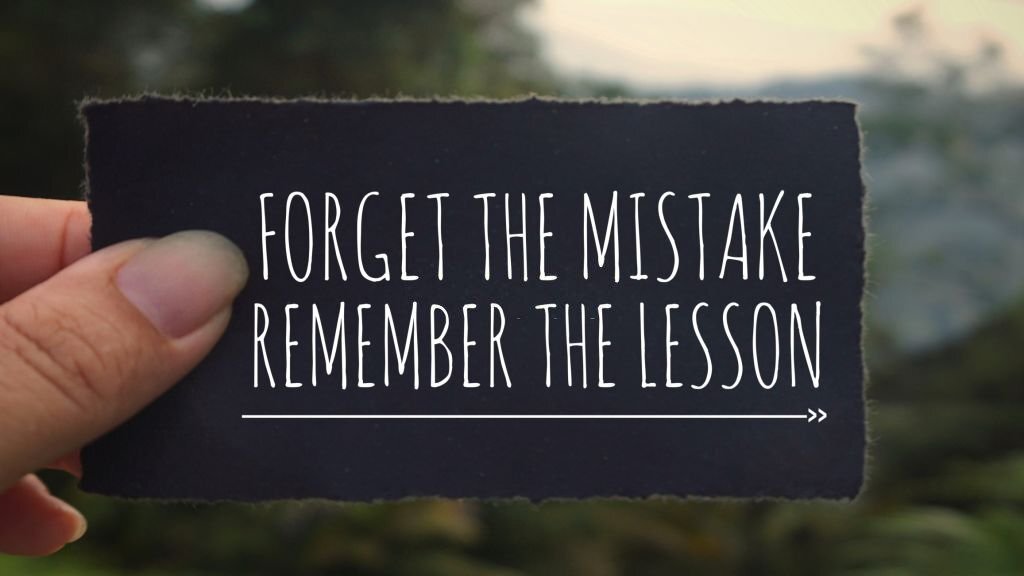
5. Teamwork And Partner Work
This is beneficial for two reasons:
– The students collaborate with one another, and the classes become more fascinating.
– This makes your life easier because all of the exchanges are between students, which youngsters find more engaging than teacher-to-student interactions.
The one disadvantage is that you must keep an eye out for kids slacking off, speaking their native language, or joking around. Partner and group activities include surveys (where they both have questions to ask each other), discussions, worksheets (later on), language arts, and even role-playing. The greatest thing to do subsequently is to have them replay their role-play in front of the class. It’s high-quality entertainment for everyone!
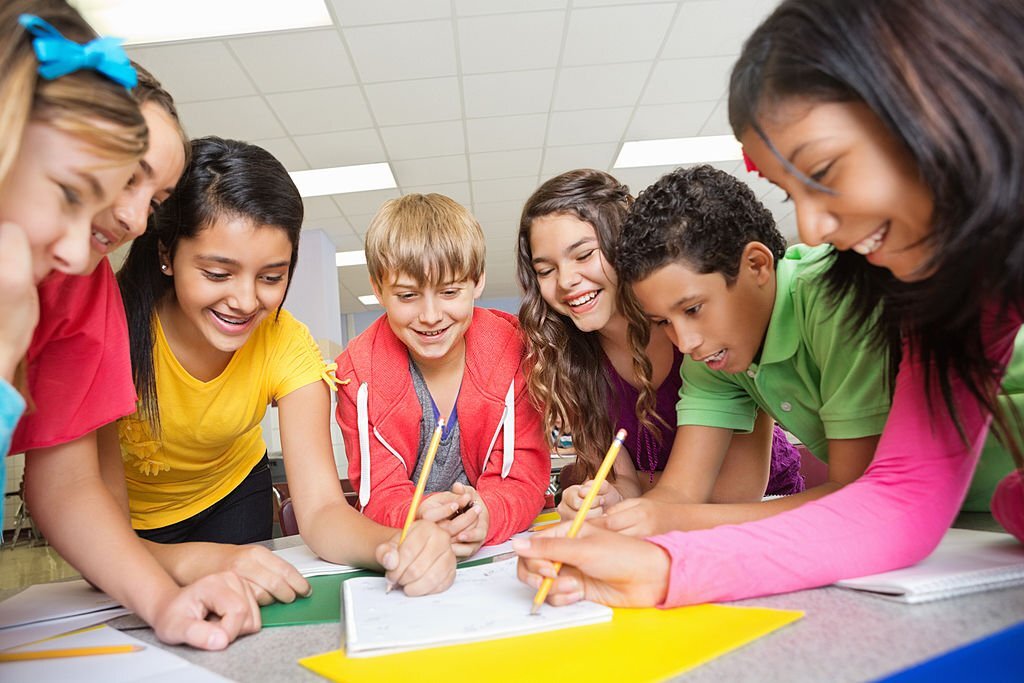
6. Take Your Lessons Outside.
Speaking about the outdoors, commit a portion of the day to conduct an outdoor classroom when the weather is pleasant. Select active, exploratory activities that are not possible to conduct indoors. Consider starting an outdoor project as well, such as a vegetable garden. This provides a whole new dimension to the educational environment.
Take your students outside. This is a surefire method to get the entire class excited. There are numerous opportunities to include outdoor and nature-based activities in your classroom activities. One enjoyable concept is to organize a memory relay race to check on progress with previous material.
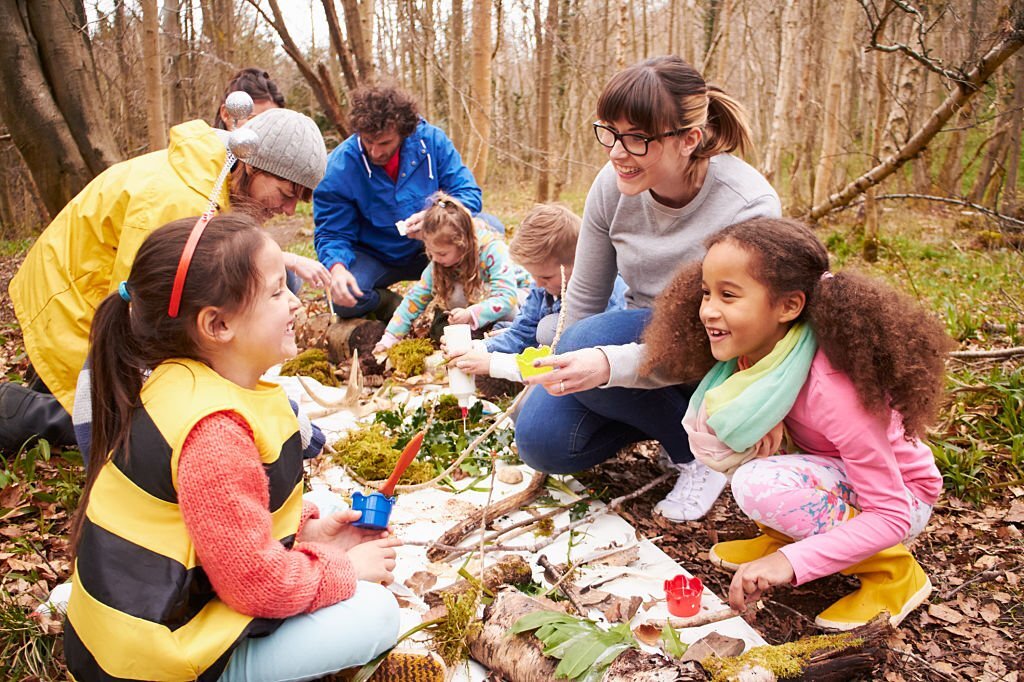
7. Chalkboard Writing
You enjoyed writing on the board in class, even as a child. Nowadays, children do, as well! When older pupils grab a piece of chalk, they will experience warm sentiments of school nostalgia.
What is the reason? Perhaps they enjoy displaying their handwriting abilities or find it more convenient than writing on paper at their workstation. Regardless, frequently requiring students to write on the board is beneficial since it encourages them to be more aggressive in class, and once they become proficient, you can have them write for you.
They can type their responses to exercises, dictate passages from books, or even act as your teaching assistant, taking notes on the board for you. You can even play games with the board’s writing, such as races and write-and-say. All of these possibilities are highly enjoyable and simplify your life and contribute to students’ enjoyment of class!
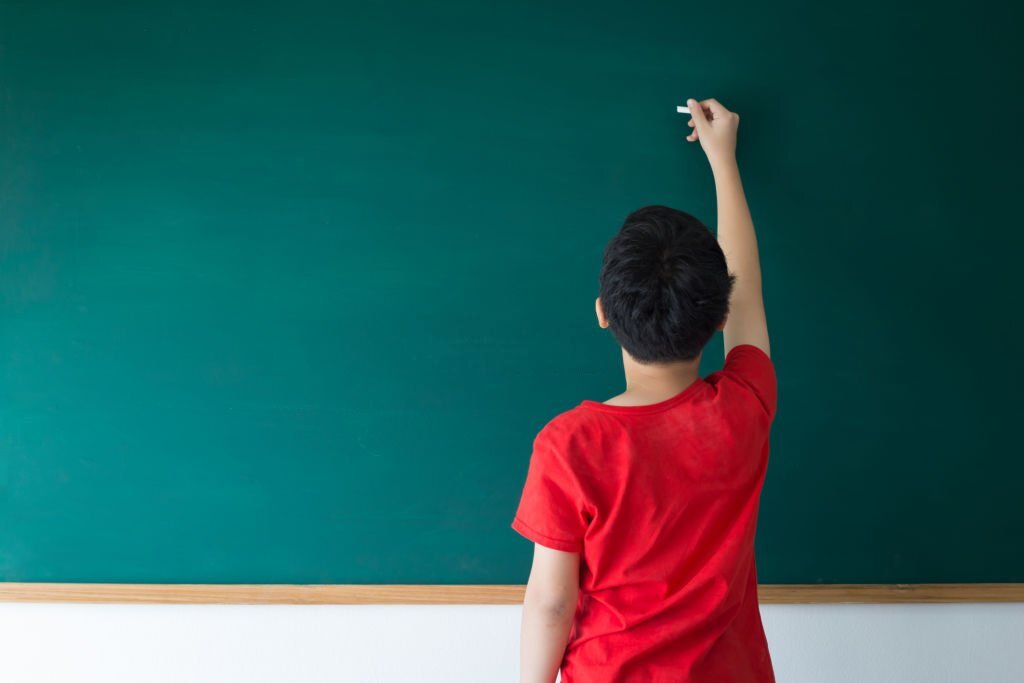
8. Adhere To A Classroom Theme
A classroom theme is a great way to increase school spirit, generate creativity, and integrate your class’s favorite topics. One of the best classroom design ideas is to follow a theme from the bulletin board to the school door. To help students remember their special abilities, use a superhero theme or an Ancient Egyptian theme in your lesson plans. Be sure to talk to your students about your theme and ask them if they can see any connections to what they’re learning.
When they take action on a certain text, they can approach the lesson differently. For example, you could choose a book that many would read together, such as “The Hobbit” by J.R.R. Tolkien or “Harry Potter.” These will aid you tremendously in bringing your students closer together and creating strong bonds of friendship and close teamwork.
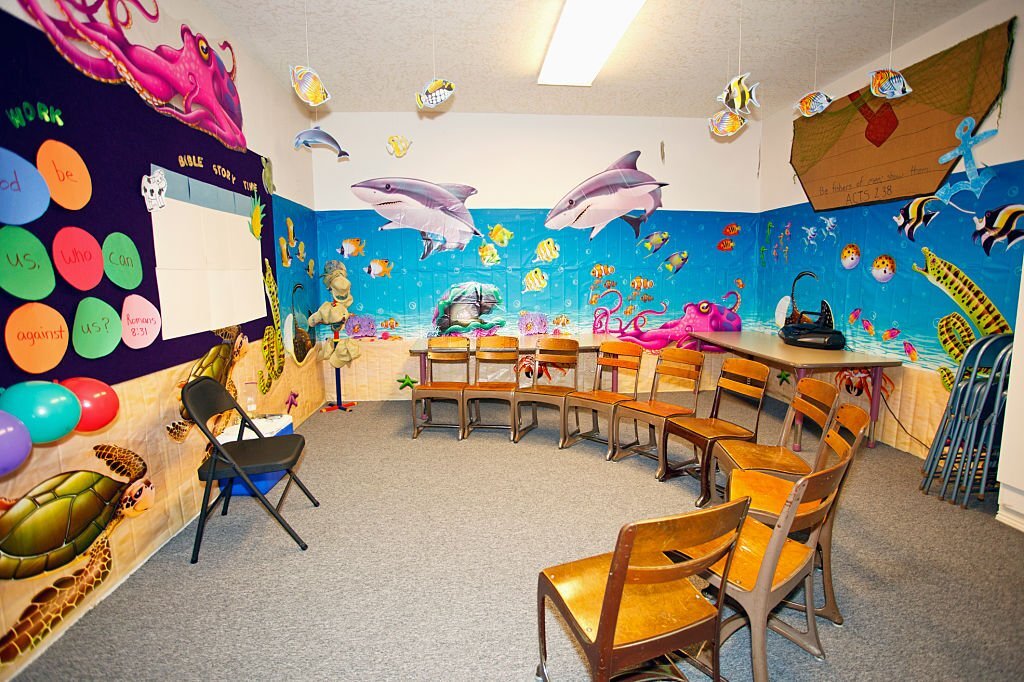
9. TED Talks
Students are exposed to current events, economics, social equity, and change by the sixth grade. It is critical to engage and interest kids in their reality to prepare them to contribute to society. You can incorporate critical questions and insights into each lesson by dedicating ten minutes to a brief TED Talk in which important themes and concerns are discussed, and students can express their opinions and bright ideas.
You may have seen some of the clips on television or heard them on the radio, but many of you might still be unfamiliar with what TED Talks are all about.
TED stands for Technology, Entertainment, Design. It is an annual event where winners are selected to talk about their topic for 18 minutes. It is a great resource for teachers to use in the classroom because it can help stimulate your students’ minds and encourage them to think out of the box when it comes to learning and the educational field overall.

10. Support Hands-On Learning
In today’s digital world, kids are accustomed to using their fingers and tablets instead of crayons and paper. As a teacher, you must ensure that children don’t miss out on the value of physical objects and can still learn the important lessons intrinsic in picking up a pencil or sharpening one.
Students can convey new concepts, think critically, and express their thoughts through hands-on learning, ultimately engaging them deeper. First, the trick is to immerse them in the real world before introducing the theory. For example, some games can be played only by hand. By encouraging your kids to play with various 4D puzzles, they start to take a greater interest in learning since they connect real-life ideas with math & science.

11. Stickers
Therefore, stickers are the way to go if you have younger pupils and want to develop a simple reward system that fosters an ambitious environment while also earning the children’s respect for a cheap, low price of roughly 70 cents per class!
They receive a sticker if they do their schoolwork. Winners of games also receive stickers; however, students who do not complete their assigned job do not. It’s a straightforward incentive scheme that serves as a genuine end goal for kids.
Depending on where you teach, stickers should be rather inexpensive, and in certain locations, you can even purchase them in quantity. This has proven to be an excellent investment, calming children, bringing out the potential in others, and even fostering some healthy competition among classmates.
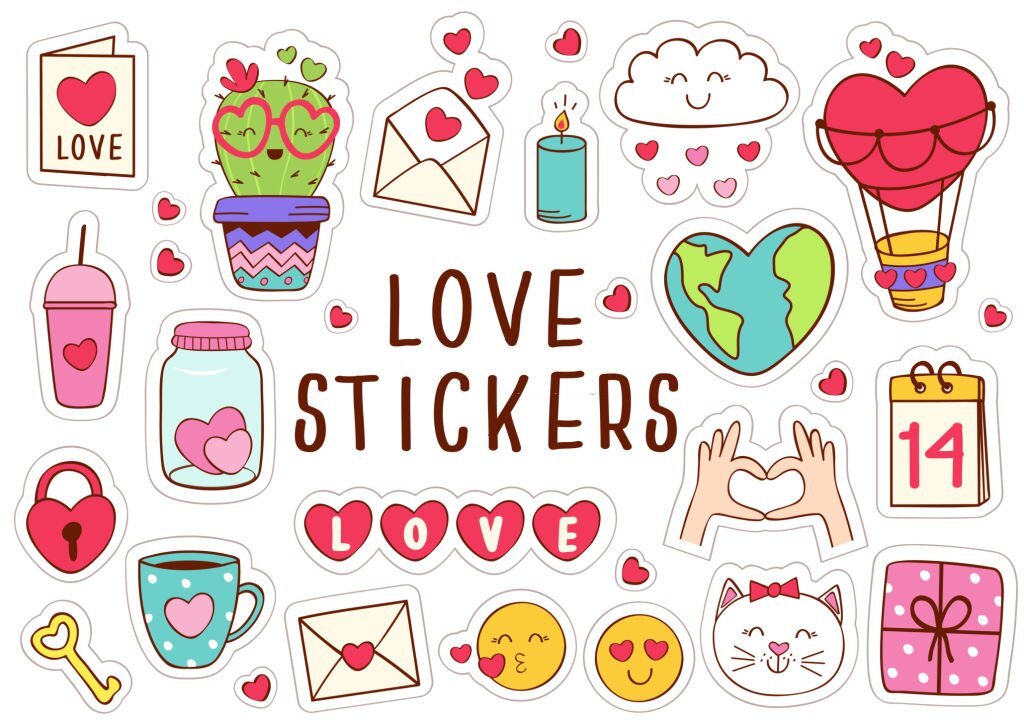
12. Brigade Against Bullying
In fact, in the United States alone, more than 100,000 kids miss school every day due to fear of bullying. When designing your classroom environment, you should be prepared to tackle any problems. Take the time to read up on several anti-bullying procedures to teach children how they can defend themselves if they’re being victimized or, worse yet, if they see someone else being bullied in their presence.
Unfortunately, many adolescents are bullied during their middle school years. Whether your child is the bully or the victim, here are some bullying tools to help you stay informed and support your children through this tough and often overwhelming time in their life.
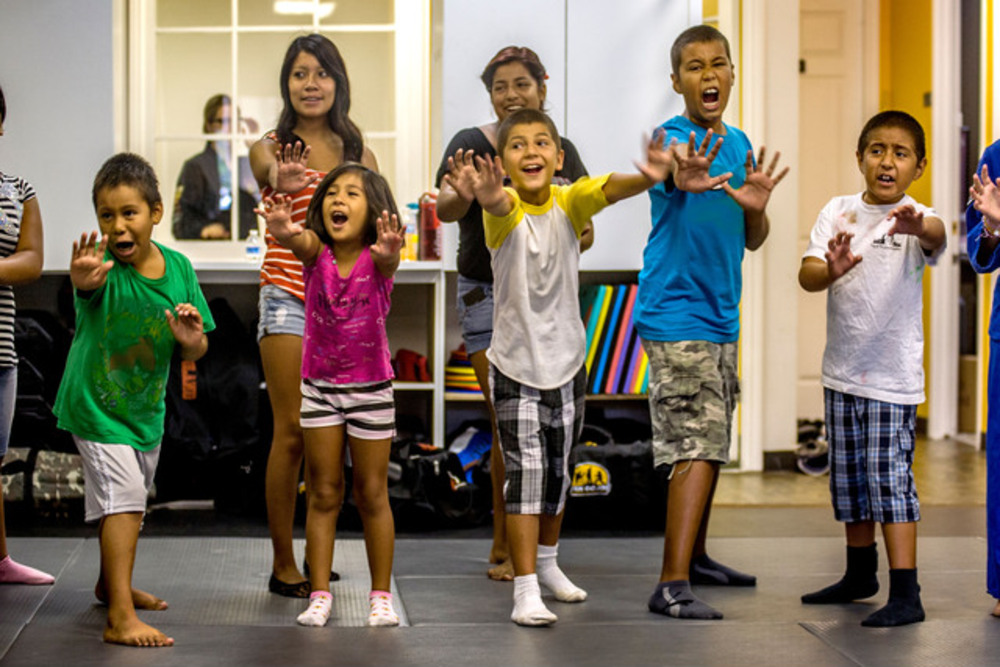
13. Bring Some Humor Into Your Classroom
Humor is a great way to make your lesson exciting, engaging, and fun. Comedy necessitates imagination, and incorporating suitable humor into the school day can create a pleasant environment in which innovative thinking can develop. Encourage your students to develop pertinent pop-culture allusions, puns, and jokes for a lighthearted dose of classroom wit.
As an educational coach, you can do wonders with comedy in your classes by getting your students to perform skits and routines as a contest or showcase to promote social skills and self-confidence. You can even apply this same principle to some more serious subjects.
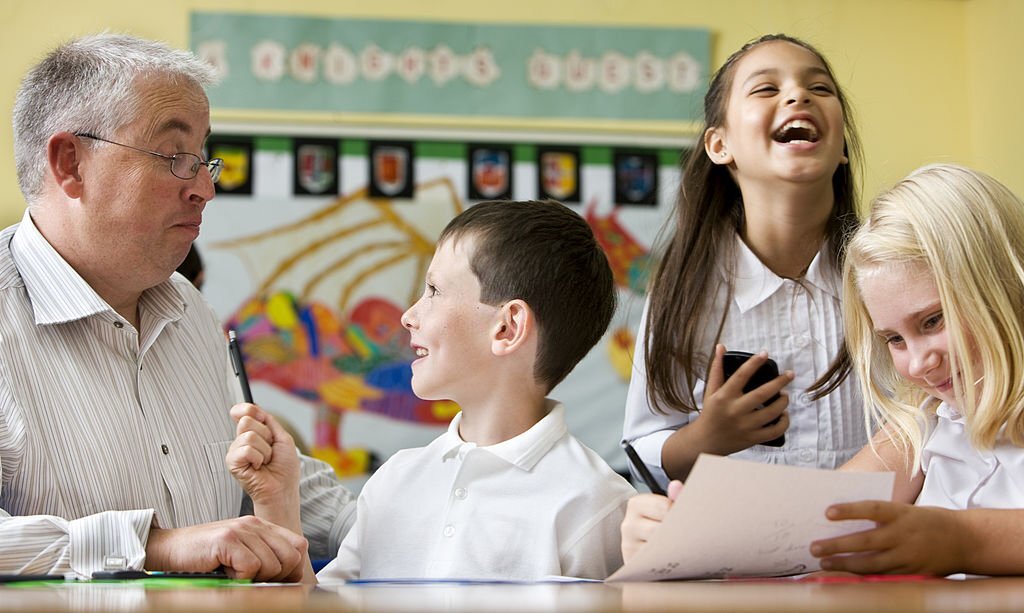
14. Sit In A Circle
It’s sometimes good to see all of your kids face to face. To modify the ambiance, position your desks in a circle or transfer the class to a room with a circular table. Many exercises, especially those requiring pupils to move information around or memorize and recite earlier content, are better suited to this arrangement style.
From kindergarten through middle school, students learn much more effectively in a classroom setting when they can collaborate and work as a team. Encouraging them to sit in a circle helps them create these positive relationships by creating the utmost comfort and civility with one another.
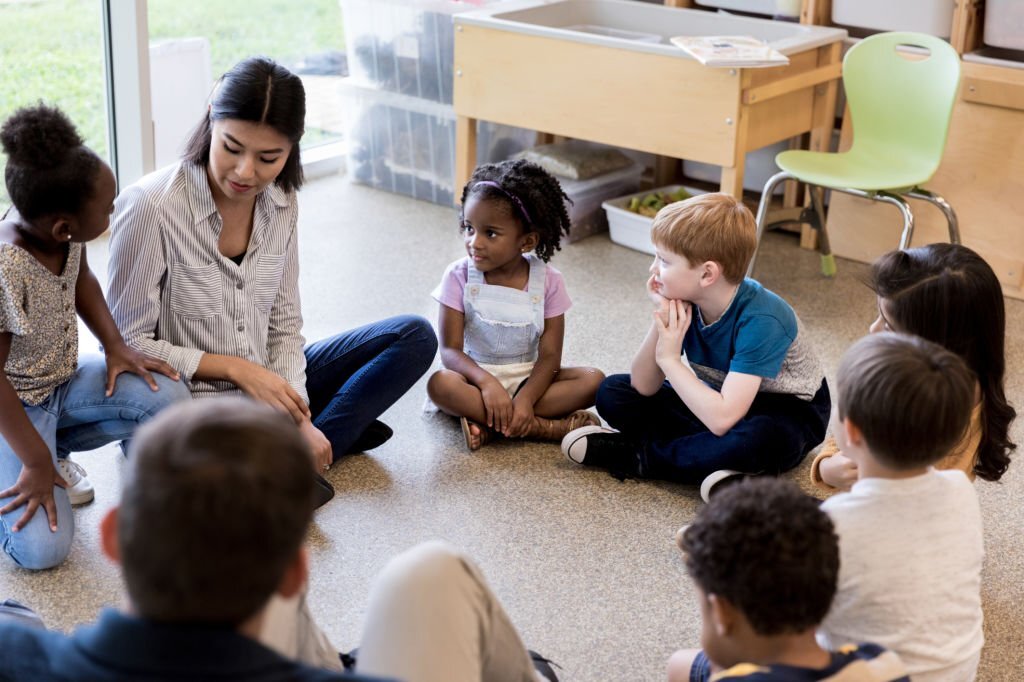
15. Learn About Different Cultures
By introducing multiethnic and multinational content, “you will expose your students to fascinating cultures from all over the world, and you’ll see how this exposure strengthens their belief in diversity,” according to MSNBC. Using diverse cultures can be a great way for students to learn about other nationalities and customs.
Developing pupils’ ability to think creatively requires them to explore diverse views. Cultural differences should be celebrated while learning from them. Invite students to apply their cultural background to projects and discussions. Recognize many global holidays and their origins, hold a family heritage day at school, and assign texts that explore various worldviews and customs.
